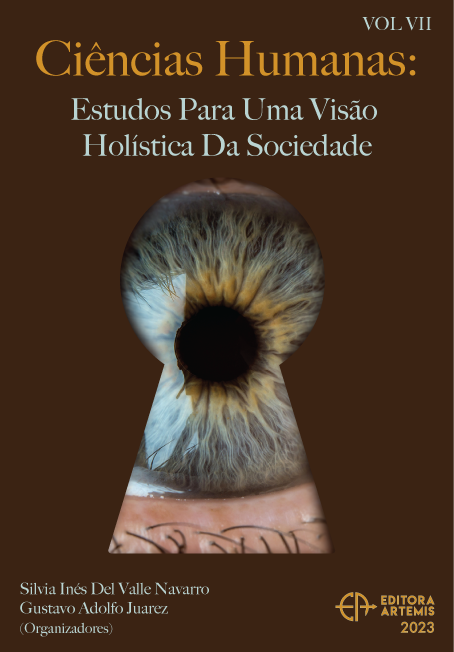
TEACHING HISTORY OR RETELLING ANCIENT STORIES WITH PICTURES: WILLIAM BLAKE AND THE SCHOOL VERSION OF VIRGIL
History is not only told by words but also by images and objects. This article looks into the book illustrations of an early 19th-century British schoolbook and their means and purposes for history education. The English poet and printmaker William Blake made a famous set of woodcuts for Dr. Robert Thornton's Pastorals of Virgil (1821), which later inspired Romantic art. Scholars have observed that Blake's unconventional engravings caused Thornton's hesitation and cut down the blocks to fit the book. The controversial style of Blake's woodcuts was much discussed and justified by his followers, 'the Ancients' and modern scholars. In my book William Blake and the Art of Engraving (Pickering & Chatto, 2009), I have also discussed an early imitator of Blake's woodcut reflecting his contemporary aesthetic view. However, the context and motivation of Robert Thornton and his editions of Virgil have not been considered fully. This paper asks why Blake's woodcuts were not supposed to fit the book. By comparing the three editions of Thornton's Virgil, I would argue that the 3rd edition was an 'improved' version from Thornton's point of view for publishing and educational purposes. From observing the extant woodblocks engraved by Blake (in the British Museum) and other artists used in the Thornton edition (discovered by me in the Huntington Library), one may understand the contemporary contrast aesthetics and the early 19th-century norm for teaching young people history.
TEACHING HISTORY OR RETELLING ANCIENT STORIES WITH PICTURES: WILLIAM BLAKE AND THE SCHOOL VERSION OF VIRGIL
-
DOI: 10.37572/EdArt_2711230621
-
Palavras-chave: William Blake, Robert Thornton, Virgil, schoolbook, woodcut illustration.
-
Keywords: William Blake, Robert Thornton, Virgil, schoolbook, woodcut illustration.
-
Abstract:
History is not only told by words but also by images and objects. This article looks into the book illustrations of an early 19th-century British schoolbook and their means and purposes for history education. The English poet and printmaker William Blake made a famous set of woodcuts for Dr. Robert Thornton's Pastorals of Virgil (1821), which later inspired Romantic art. Scholars have observed that Blake's unconventional engravings caused Thornton's hesitation and cut down the blocks to fit the book. The controversial style of Blake's woodcuts was much discussed and justified by his followers, 'the Ancients' and modern scholars. In my book William Blake and the Art of Engraving (Pickering & Chatto, 2009), I have also discussed an early imitator of Blake's woodcut reflecting his contemporary aesthetic view. However, the context and motivation of Robert Thornton and his editions of Virgil have not been considered fully. This paper asks why Blake's woodcuts were not supposed to fit the book. By comparing the three editions of Thornton's Virgil, I would argue that the 3rd edition was an 'improved' version from Thornton's point of view for publishing and educational purposes. From observing the extant woodblocks engraved by Blake (in the British Museum) and other artists used in the Thornton edition (discovered by me in the Huntington Library), one may understand the contemporary contrast aesthetics and the early 19th-century norm for teaching young people history.
-
Número de páginas: 11
- Mei-Ying Sung

